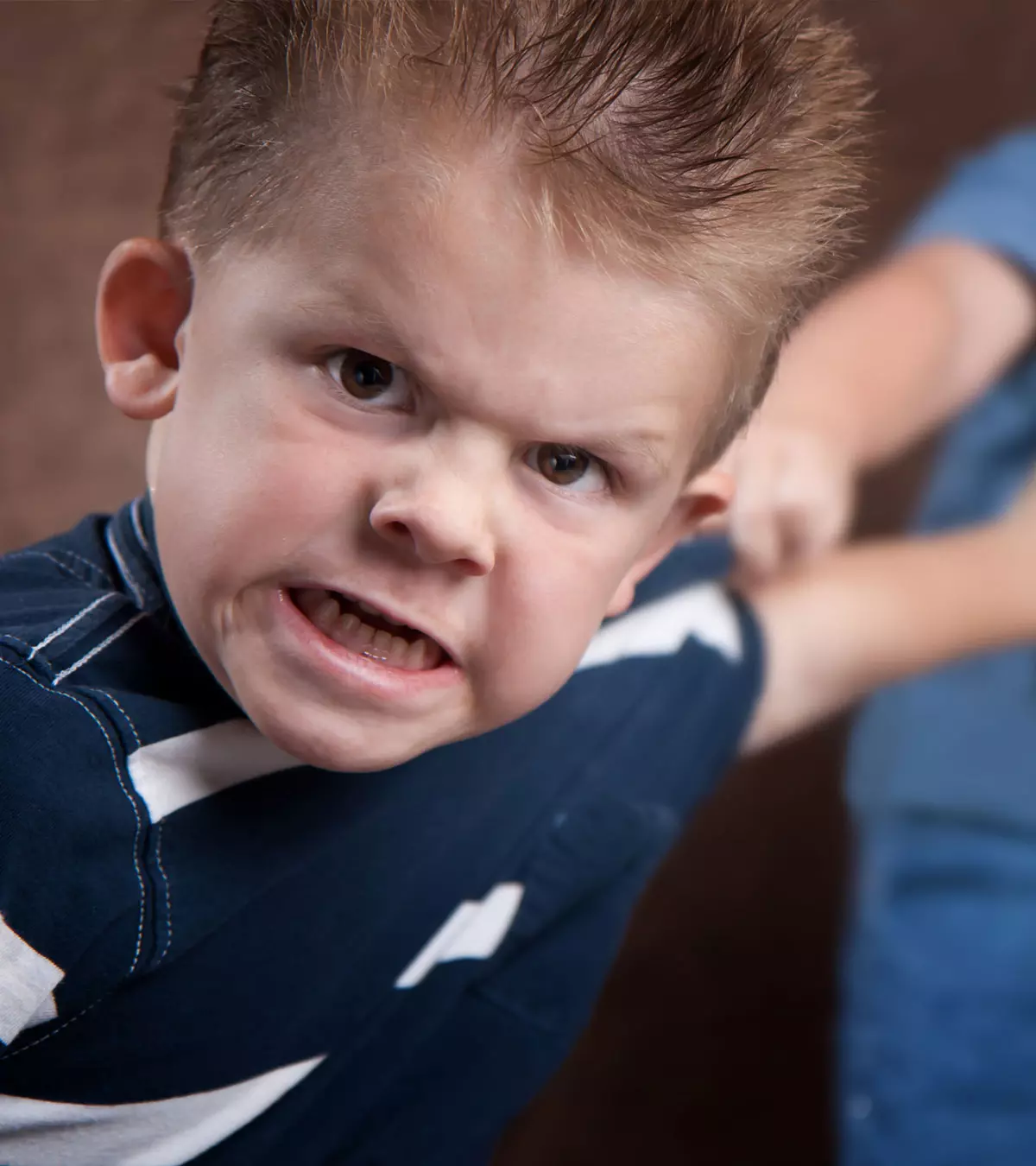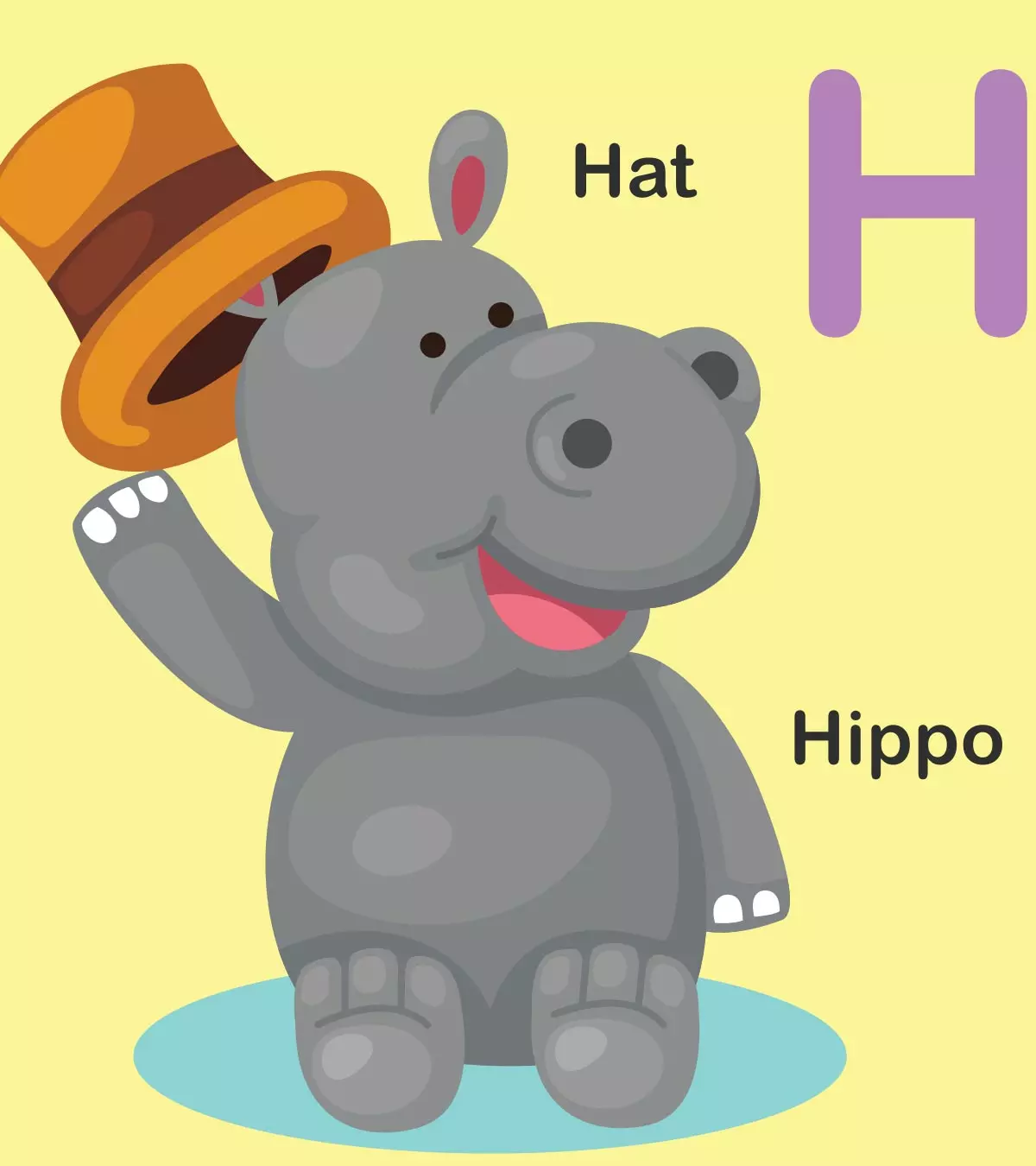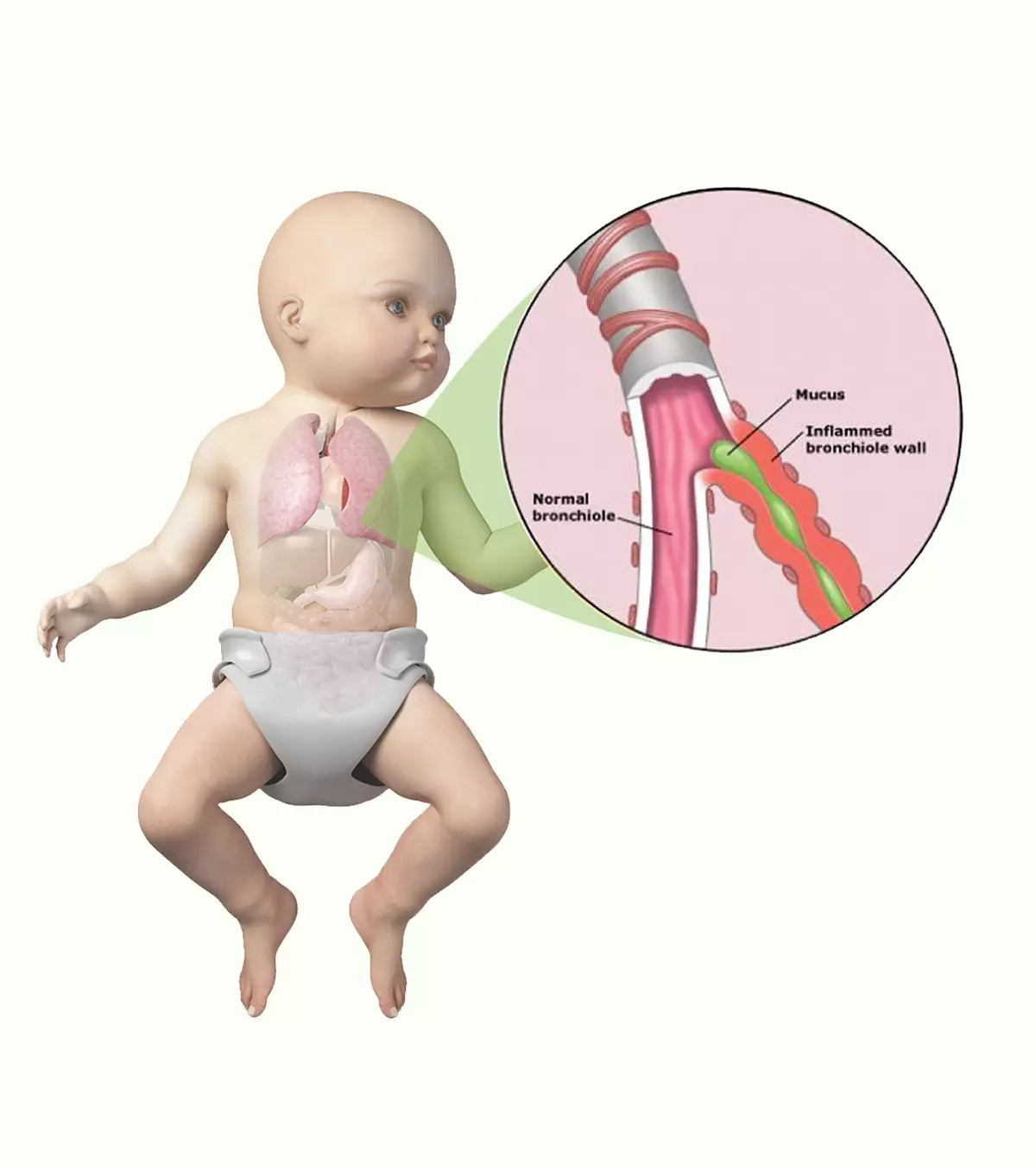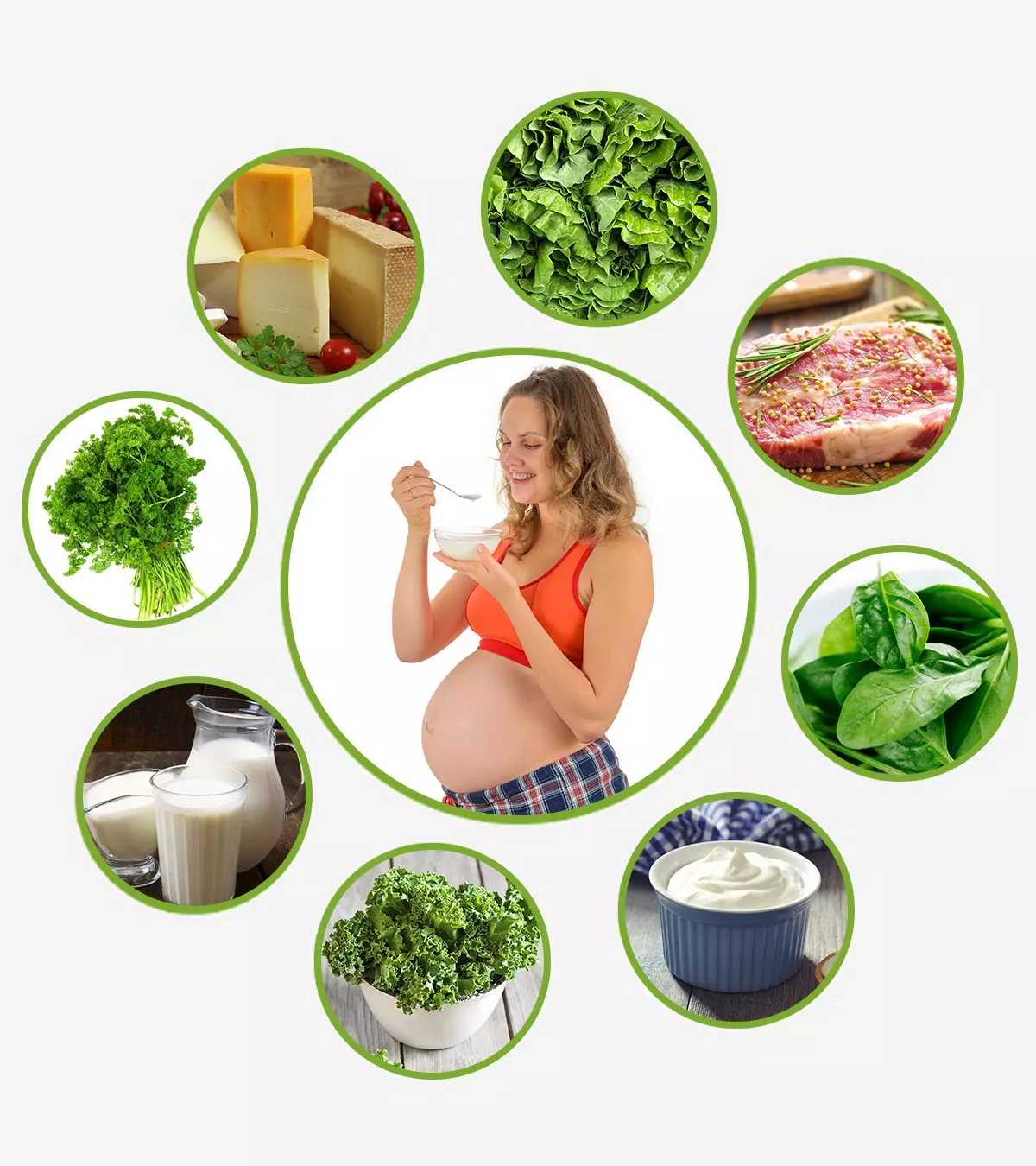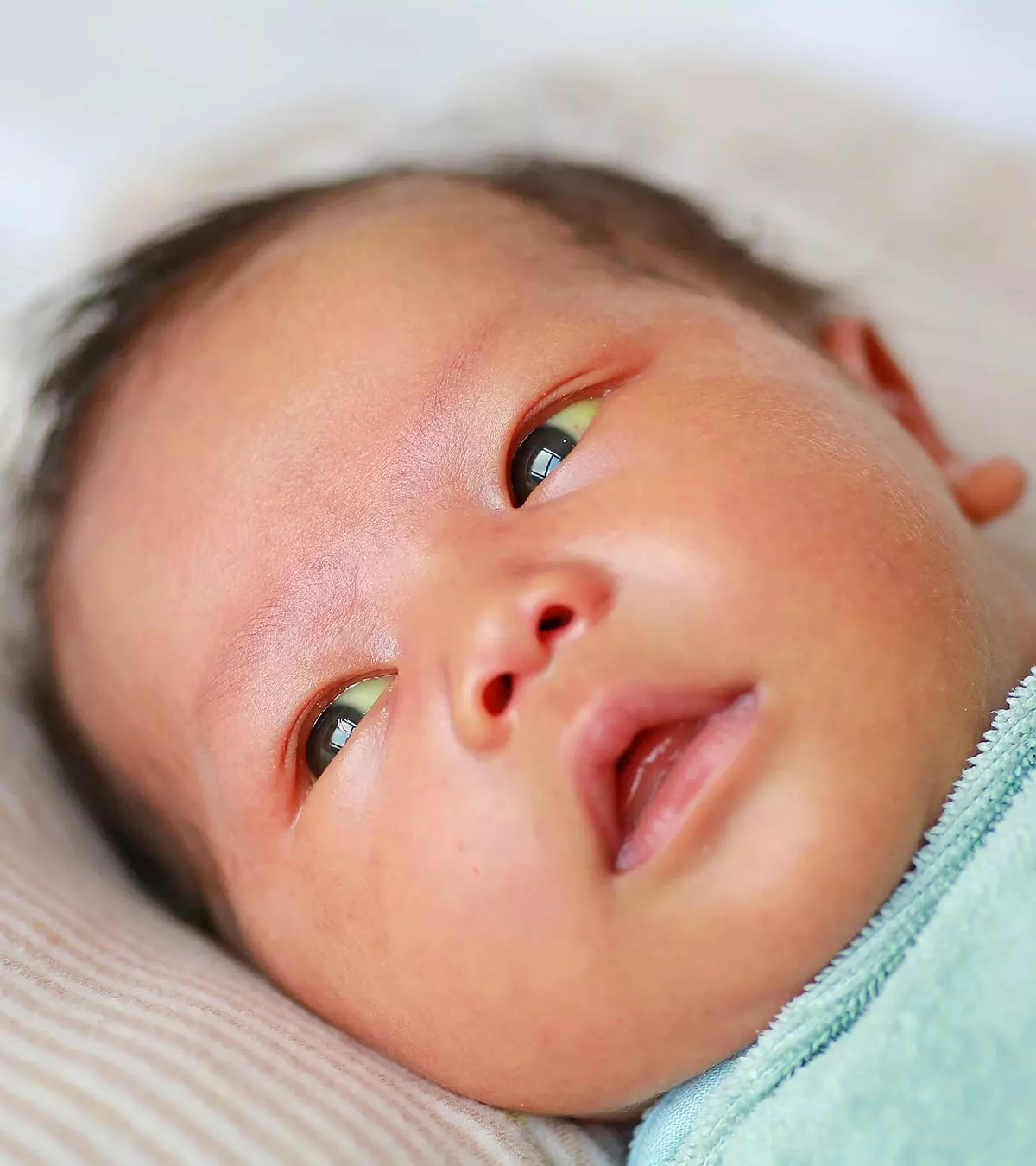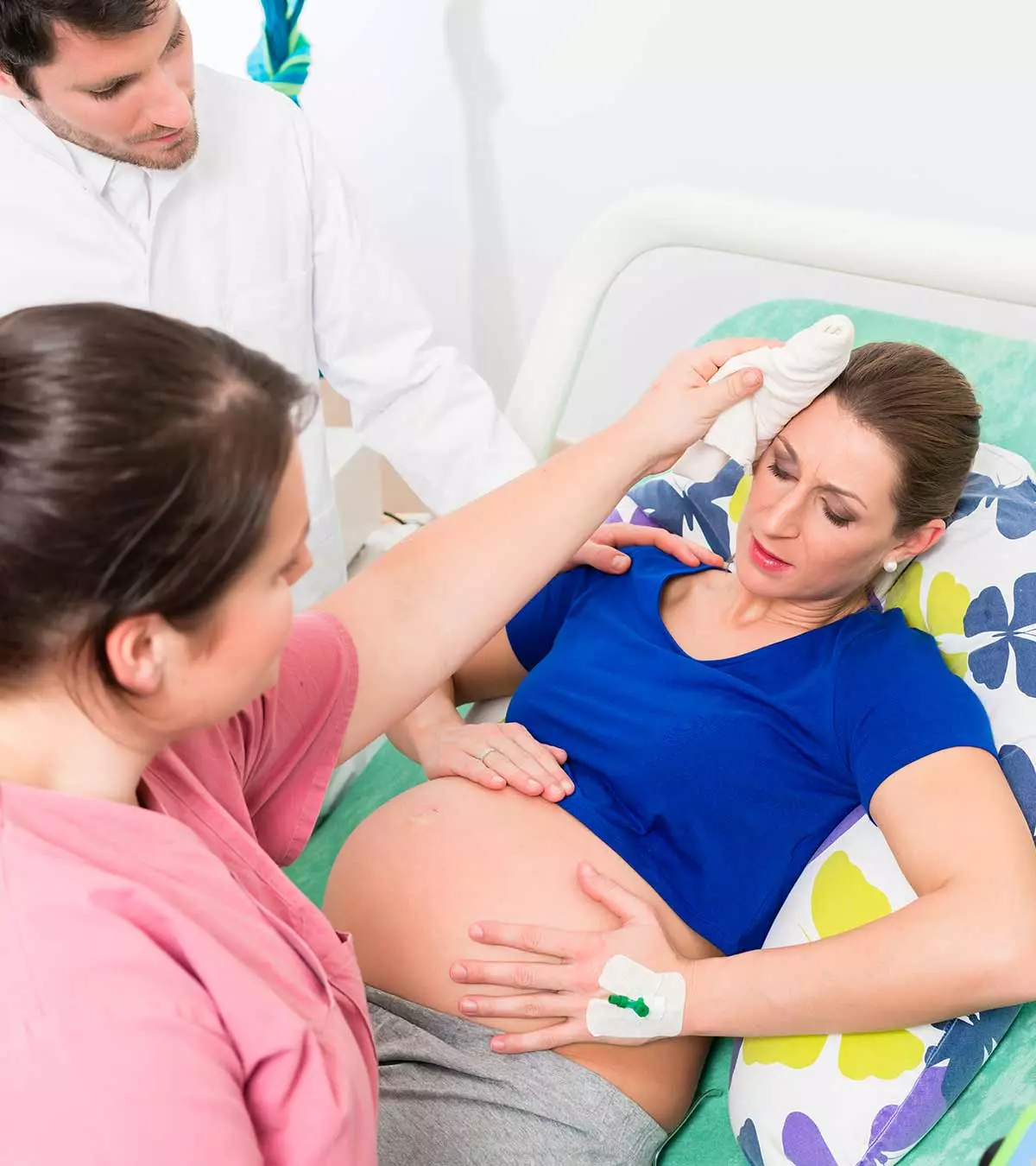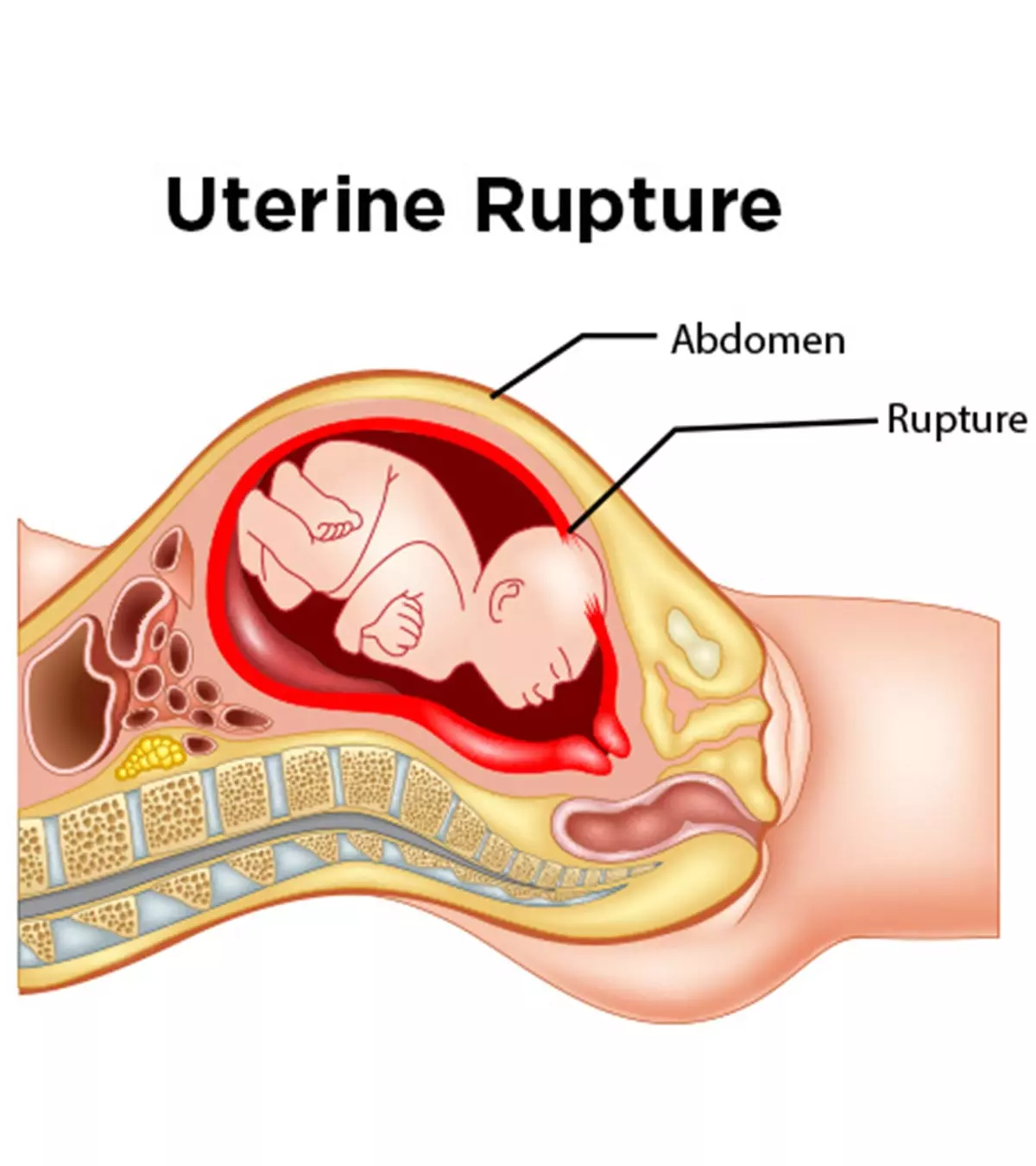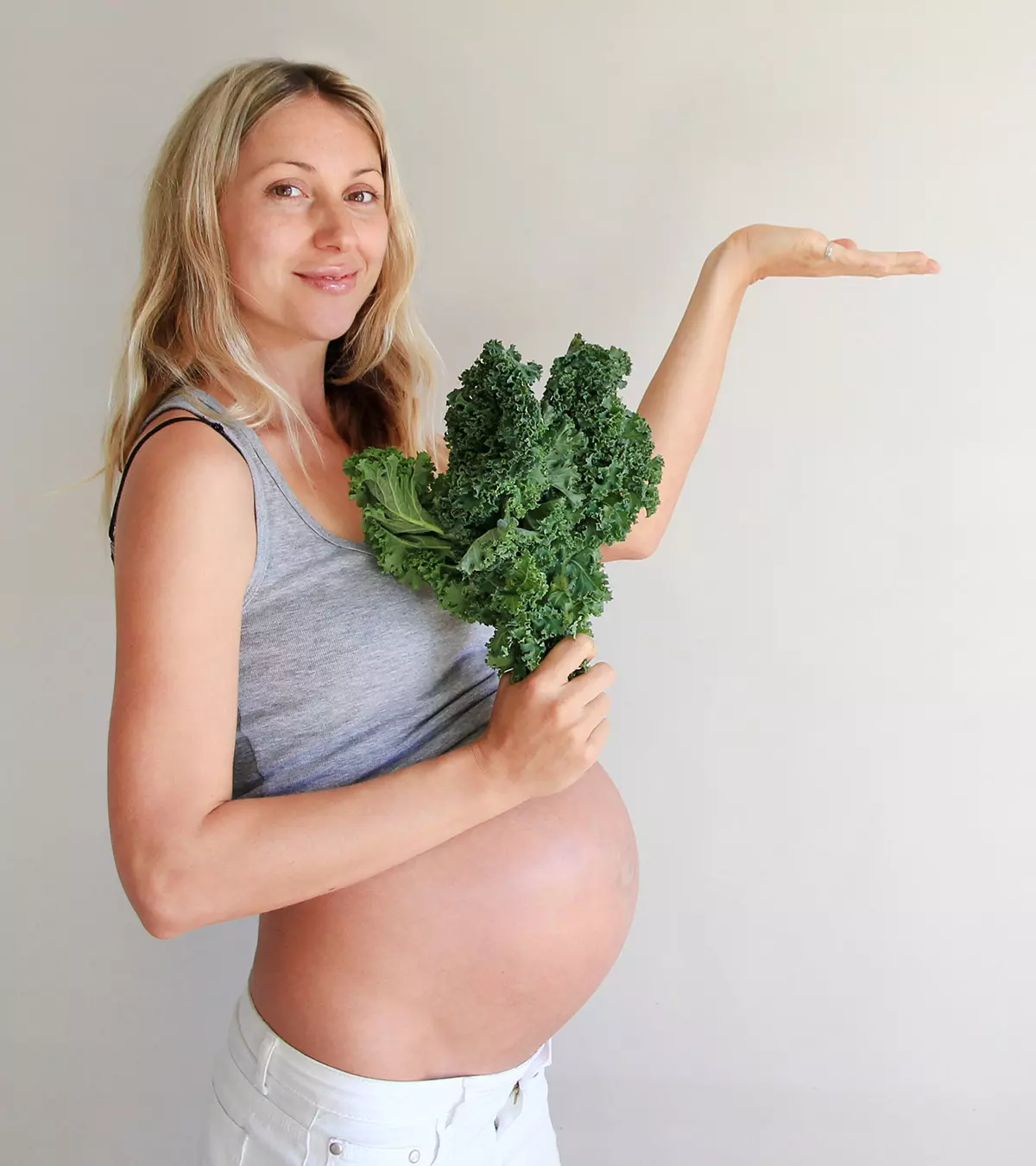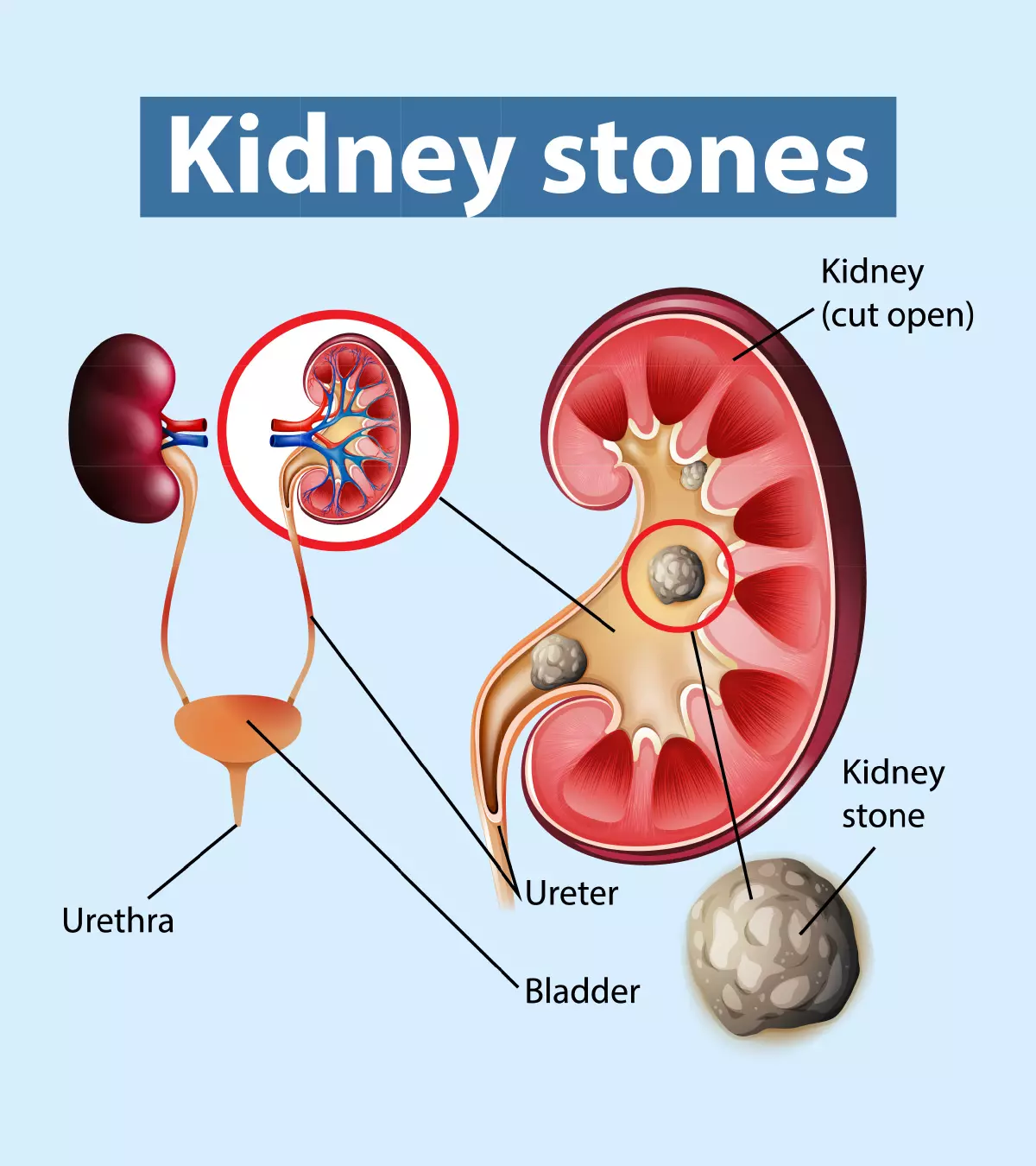

Image: Shutterstock
Kidney stones in teens and children are uncommon; however, due to changing food choices and lifestyle practices, there has been a rise in kidney stones in these age groups in recent years.

The accumulation of certain substances, such as calcium or uric acid, in the kidneys can lead to the formation of crystals or stones. Kidney stones are also known as renal stones, urinary stones, renal calculus, or nephrolith, and the condition is often referred to as nephrolithiasis or urolithiasis by healthcare experts.
Read on to learn about the different forms of kidney stones, their causes, diagnosis, treatment options, and preventative strategies in teenagers.
Types Of Kidney Stones
Kidney stones may vary in size, ranging from the size of a small grain to as large as a pea. These can be rough or smooth stones with yellow or brown color.
A kidney stone can be any of the following types (1).
- Calcium stones are a common type of kidney stones in children and teens. It includes calcium oxalate and calcium phosphate stones. Oxalate stones are more common than phosphate stones.
- Uric acid stones are often associated with conditions where there is too much uric acid in the urinary tract. Diet high in animal proteins may increase the risk of uric acid stones.
- Struvite stones are often seen after certain types of upper urinary tract infections or UTIs. Children with anatomical abnormalities of the urinary system could be more vulnerable to the development of struvite stones.
- Cystine stones occur due to the inherited metabolic disorder called cystinuria, which causes the compound cystine to leak from the kidneys into the urine.
Although the symptoms can be similar, the treatment and dietary modifications may vary according to the kidney stone type.
Causes Of Kidney Stones In Teens
Some of the common causes of kidney stones in teens and children are increased levels of oxalate, calcium, and phosphate in the urine. The following factors may increase the risk of kidney stones in teens (2).
- Certain dietary factors, such as too little water intake and certain foods, may influence the number of minerals and their concentration in the urine.
- Family history of kidney stones
- Personal history of kidney stones
- Excessive consumption of sugary drinks and caffeinated beverages may cause urine to become more concentrated.
- Excess sodium in the diet
- Obesity and lack of physical activity
- Immobility after surgery
- Anatomical anomalies of the urinary system
- Cystic kidney disease
- UTIs
- Cystinuria
- Medications, such as diuretics, too much vitamin D, and topiramate
- Ketogenic diet
Signs And Symptoms Of Kidney Stones
Signs and symptoms of kidney stones in teens may include (3):
- Sharp groin pain, back pain, pain in the lower abdomen, or pain in the sides of the torso
- Hematuria (blood in urine) could cause pink, red, or brown discoloration of the urine
- Increased urge to urinate
- Pain or irritation while passing urine
- Inability to urinate completely; urine passes in small amounts
- Cloudy or foul-smelling urine
Along with the urinary symptoms, the following symptoms are often seen.
- Nausea
- Vomiting
- Fever
- Chills
These symptoms can also be seen in other kidney problems, which can be more severe than kidney stones. You may seek medical care for the exact diagnosis and treatment if your teen experiences urinary symptoms.
Possible Complications Of Kidney Stones In Teens
Untreated kidney stones may result in the following complications in some teens (4).
- Severe pain
- Urinary tract infections, including kidney infection
- Urinary obstruction
- Kidney function loss
- Sepsis
Diagnosis Of Kidney Stones
The following evaluations are often performed to identify the presence, type, and location of kidney stones in teenagers (5).
- Blood tests may help determine calcium and uric acid levels in serum. It can also help identify kidney function and rule out other possible illnesses.
- Urine tests with two urine samples collected over two consecutive days may help identify minerals in urine and the amount of urine produced.
- Ultrasound and CT scan imaging can be useful to visualize the stones.
- Evaluation of stone passed in the urine could help determine the type of stone.
It is recommended to seek medical care to avoid complications and rule out other severe conditions that could have symptoms similar to kidney stones.
Treatment For Kidney Stones In Teens
Treatment options may vary depending on the size, type, and location of the kidney stone. Hospitalization and IV fluids are given for children with vomiting and dehydration.
Small kidney stones may pass in urine without treatment. Doctors may ask to urinate through a strainer for catching the stone for further evaluation. Usually, drinking plenty of water and pain relievers are enough to manage small stones.
Large kidney stones require treatment. The blockage of the urinary tract by stones could require urgent interventions to avoid pain and other complications. A urologist may use various treatment methods to break the larger stones into smaller pieces. These methods may include the following (6).
- Shock wave lithotripsy is a method that uses laser or shock waves from outside the body to break larger stones. Anesthesia may be given to keep the child in position.
- Ureteroscopy or cystoscopy is a diagnostic and therapeutic procedure that helps identify and break or remove the kidney stones. This method involves the insertion of tiny tubes with lenses into the urethra. Although this procedure may require anesthesia, teens can go home on the same day.
- Percutaneous nephrolithotomy is a procedure involving the removal of the stone using a nephroscope inserted through a tiny incision. This procedure is performed under anesthesia, and the child may take several days to recover.
- Surgical removal of the parathyroid gland is recommended in hyperparathyroidism. This is usually done when calcium phosphate stones occur due to overactive parathyroid glands.
Sometimes, urologists may insert a urethral stent (a thin, flexible tube) to help in the flow of urine. It could help pass the stone.
Prevention Of Kidney Stones In Teens
Drinking plenty of liquids could help remove minerals and avoid stone formation. Six to eight ounces of water per day is recommended for teenagers. However, this may vary based on activity levels and climatic conditions. The right amount of water intake can be noticed by observing urine. Pale (colorless) and odorless urine could indicate adequate hydration (5).
Doctors may suggest changes in eating habits and specific quantities of water a day to prevent kidney stones in children and teens with a history of it. The following medications are also prescribed to avoid future kidney stones (7).
- Calcium stones can be prevented by medications, such as potassium citrate, which increases citrate levels in the urine. Thiazide diuretics can also be given since it reduces the calcium in the urine.
- Uric acid stones are prevented by potassium citrate and allopurinol.
- Struvite stones may require antibiotic prophylaxis, which is preventive treatment with antibiotics.
- Cystine stones are prevented by using potassium citrate, D-penicillamine, or mercaptopropionyl glycine that dissolves cystine found in urine.
The duration of preventive treatment may vary depending on the previous cause of kidney stones. Prophylactic treatment may last for a few weeks to months and should only be observed under a doctor’s supervision.
Home Care For Kidney Stones
The following dietary and lifestyle modifications may reduce the risk of kidney stones in teens (8).
- Increase fluid intake, especially during summer or when the teen is physically active.
- Citrus drinks, such as lemon and lime juice, can be beneficial since it prevents the formation of crystals. Low sugar citrus drinks can be a healthier choice.
- Overweight may increase the risk of kidney stones. Weight loss with a proper diet plan is recommended.
- Reduce oxalate intake if your child has a calcium oxalate ston Oxalate-rich foods include nuts, nut products, legumes, such as peanuts, spinach, rhubarb, and wheat bran.
- Reduce sodium (salt) intake. Fast foods, packed and canned foods, seasonings, condiments, and processed meats may contain high amounts of sodium.
- Limit intake of animal protein sources, such as organ meat and fish, to reduce the risk of uric acid stones.
The diet may vary depending on the type of kidney stone a child presented in the past. You will also have to ensure that the child does not miss out on nutrients that are essential for growth. Seek an expert opinion before you plan your child’s diet and other home care measures.
Frequently Asked Questions
1. Is it normal to get kidney stones as a teenager?
Kidney stones are not common in teenagers. The problem in children is found to range from 5 to 15% in developing countries and about 1 to 5% in developed countries (9).
2. How long does it take a teenager to pass a kidney stone?
It may take a few days to pass a kidney stone if it is small enough. A doctor may also give medications doctor to help children pass kidney stones (10).
Kidney stones in teens can cause symptoms such as groin discomfort, back pain, cloudy or foul-smelling urine, and an increased need to pee but an inability to urinate. Your child may develop calcium phosphate stones, uric acid stones, struvite stones, and cysteine stones. If you suspect your child has kidney stones, consult a doctor so that they can recommend the best treatment option for your child. Further, ensure your child consumes plenty of water and a balanced diet to minimize the incidence of kidney stones over time.
Key Pointers
- Teens are at an increased risk of developing kidney stones if their diet has excess sodium or insufficient water.
- The symptoms of kidney stones include sharp groin pain, back pain, and an increased urge to urinate.
- The treatment may vary depending on factors such as the stone’s size and location.
References
1. Kidney stone in children; Johns Hopkins Medicine
2. Kidney stones in infants and children; Cincinnati Children’s Hospital
3. Kidney stones; Boston Children’s Hospital
4. Kidney stones; National Health Service
5. Kidney stones; American Kidney Fund
6. Treatment & Prevention for Kidney Stones in Children; The National Institute of Diabetes and Digestive and Kidney Diseases
7. Kidney stones; St. Clair Hospital
8. Eating, Diet, & Nutrition for Kidney Stones in Children;The National Institute of Diabetes and Digestive and Kidney Diseases
9. Bere B et al. Epidemiology of Pediatric Urolithiasis in a Secondary Level University Hospital in Burkina Faso; American Journal of Surgery and Clinical Case Reports
10. Kidney Stones and Teens; Causes, Symptoms and Prevention; Children’s Mercy Hospital, Kansas City
Community Experiences
Join the conversation and become a part of our nurturing community! Share your stories, experiences, and insights to connect with fellow parents.
Read full bio of Dr. Nikolina Zdraveska
Read full bio of Dr Bisny T. Joseph





